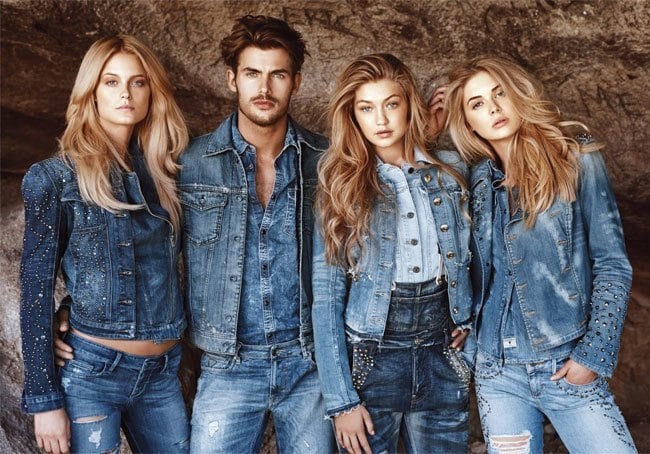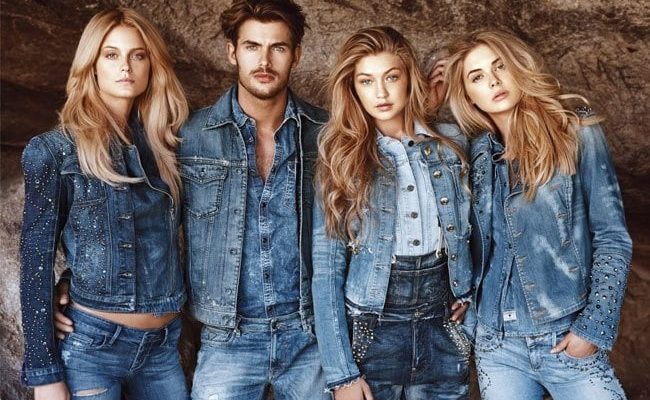
Denim is a wardrobe staple that transcends borders, cultures, and generations. From its humble beginnings as sturdy workwear to its current status as a high fashion must-have, denim’s journey is as varied and enduring as the fabric itself. This article will trace the evolution of denim, exploring its fashion heritage and current place in the style canon.
Section 1: The Birth of Denim
Denim’s story begins in the late 19th century when it was primarily used as workwear.
1.1. Denim as Workwear
Denim originated as a sturdy fabric used for labor-intensive jobs. Levi Strauss & Co. revolutionized the use of denim in 1873 when they created the first pair of denim jeans, initially designed for Western laborers and miners. This robust and durable fabric was ideal for enduring long, hard days of physical work.
1.2. The Rise of the Blue Jeans
During the 1950s, denim jeans became a symbol of youth rebellion, thanks in large part to Hollywood. Actors like Marlon Brando and James Dean sported jeans in their films, making them a staple of the youthful, rebellious aesthetic. As designer Yves Saint Laurent once said, “I wish I had invented blue jeans. They have expression, modesty, sex appeal, simplicity – all I hope for in my clothes.”
Section 2: Denim Enters High Fashion
The journey of denim from workwear to high fashion is an intriguing evolution.
2.1. The Designer Denim Boom
In the late ’70s and early ’80s, denim started gaining attention from high fashion designers. Brands like Calvin Klein began to market designer jeans as a form of luxury fashion. With the famous Brooke Shields’ ad campaign, Calvin Klein positioned denim jeans as a must-have item for the fashionable and affluent, shifting the perception of jeans from practical workwear to chic and trendy.
2.2. Denim Today: A High Fashion Staple
Today, denim is a fixture in high fashion. Luxury brands from Gucci to Balenciaga have featured denim in their runway shows, and it’s a common sight in the collections of fashion weeks worldwide. Its versatility makes it a favorite fabric for designers, as it can be manipulated into a multitude of styles, cuts, and silhouettes, proving the saying by fashion icon Karl Lagerfeld: “Fashion is a language that creates itself in clothes to interpret reality.”
Section 3: Denim in the Digital Age
As fashion enters the digital age, denim continues to adapt and evolve.
3.1. Denim in E-commerce
The digital age has brought denim into the online shopping world, allowing for greater accessibility and variety. Brands can showcase their denim pieces in online storefronts, and consumers can shop from the comfort of their homes. Virtual fitting rooms and size prediction algorithms make shopping for the perfect pair of jeans easier than ever.
3.2. Sustainable Denim
With growing concerns about the environment, sustainable denim has become increasingly important. Brands like Everlane and Levi’s have introduced eco-friendly lines that utilize water-saving techniques and recycled materials. As Stella McCartney famously said, “The future of fashion is circular – it will be restorative and regenerative by design. It will change from linear and wasteful to circular and waste-free.” Denim, as a fashion mainstay, is leading the way in this shift.
Conclusion
From the gold mines of the American West to the runways of Paris and Milan, denim has a rich and varied history. Its journey from workwear to high fashion is a testament to its timeless appeal and adaptability. As we look towards the future of fashion, one thing is certain – denim will continue to evolve and inspire, proving its enduring place in our wardrobes and our culture.

